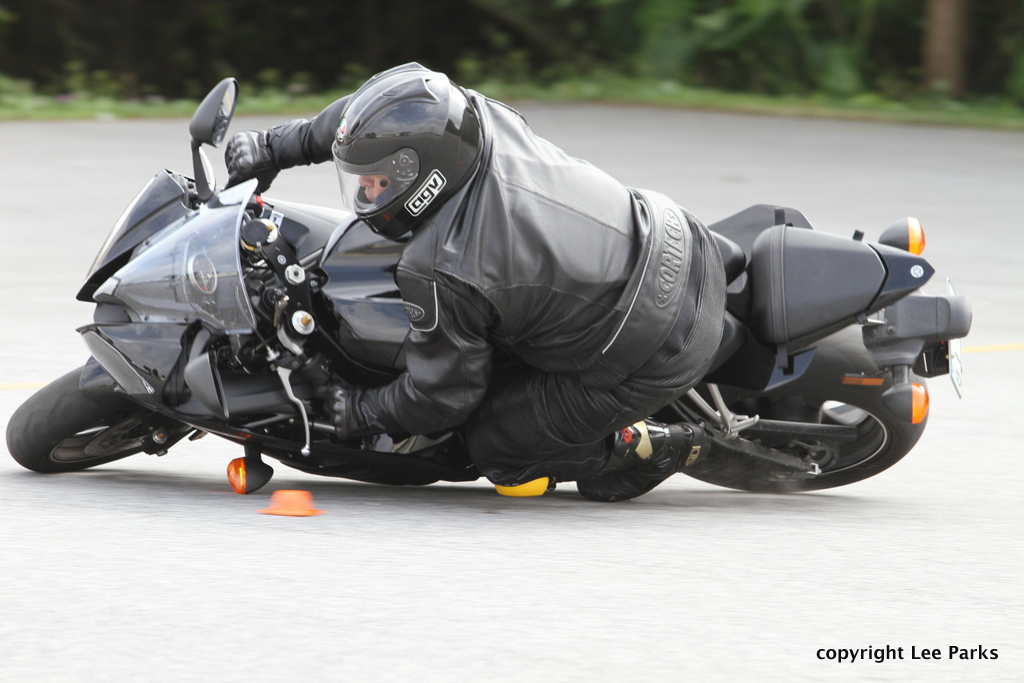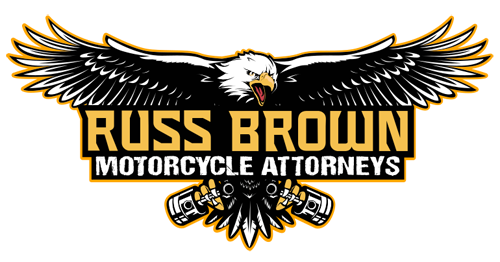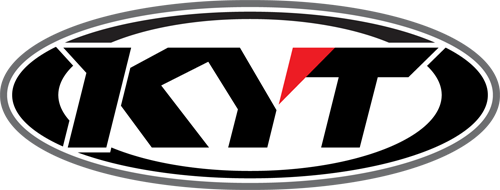Blog
SPAT, Donít Splat
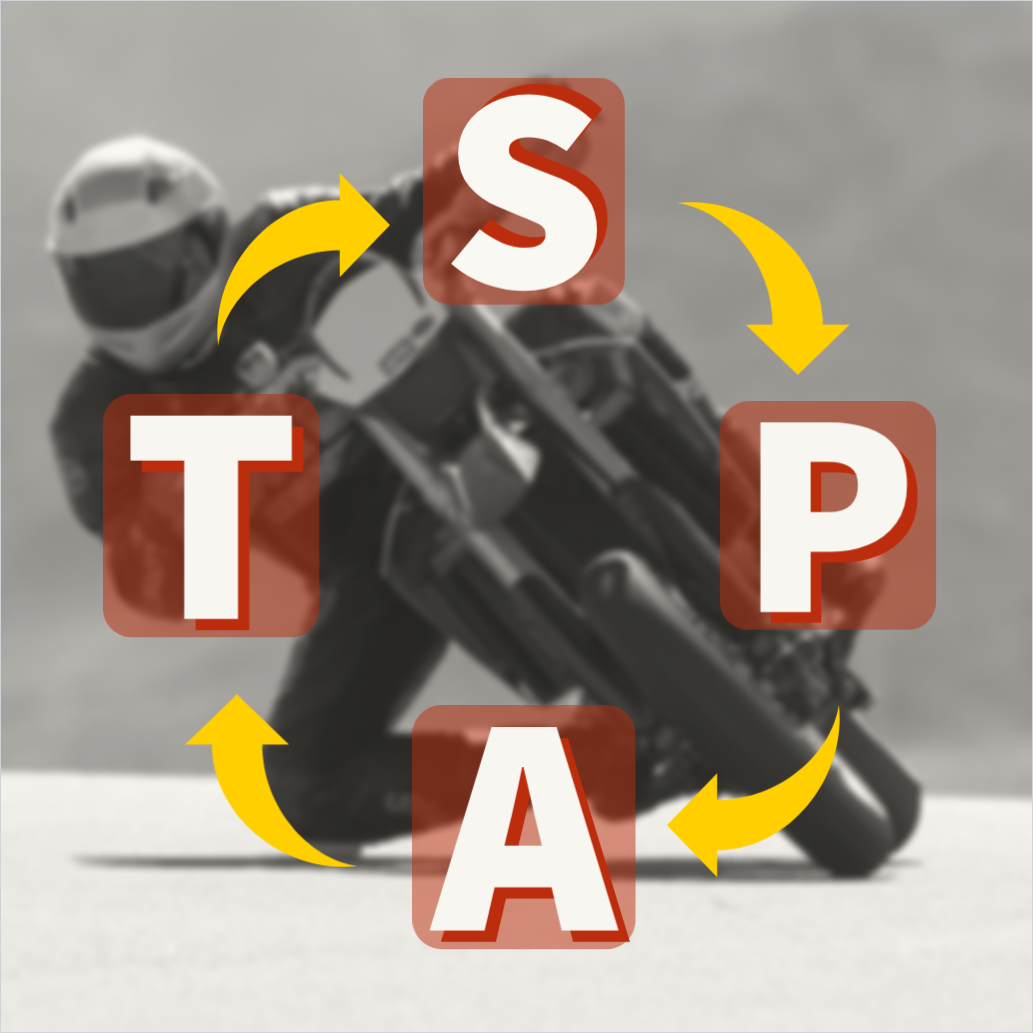
One of the challenges in the rider training field is describing incredibly complex phenomena in simple terms. For instance, you might hear someone say, “When in doubt, gas it!” There are times when that is useful information but there are also times when that advice can get you killed. The cornering process is one of those areas where the level of granularity desired can lead to very different results.
For instance, in our Total Control Advanced Riding Clinics we teach a process known as “The 10 Steps to Proper Cornering.” It provides a level of detail that would be overwhelming to a new rider, and does not include braking as part of the process...
Tale of the Trail
While talking to a friend the other day I mentioned that the CycleStats image of the bike’s geometry was not technically accurate when it came to the trail measurement, even though the numbers were correct.
“Well, why don’t you write a column about it then?” he retorted. Fair enough.
Ground Trail
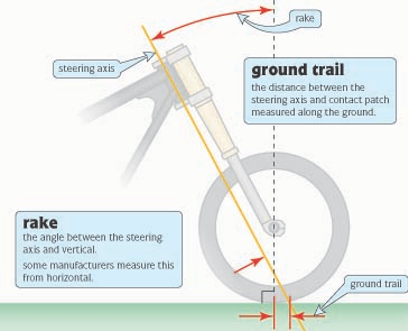
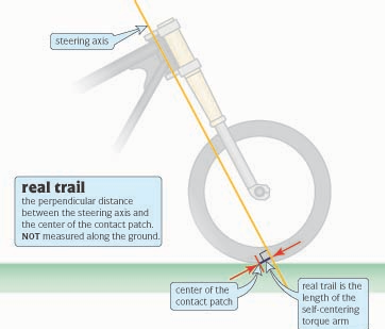
Perhaps the most important geometry number for a modern motorcycle is front-end trail. What we commonly call “trail” is technically “ground trail...
Speed Shifting
Perhaps the biggest initial problem riders have when trying to go faster (especially on a track) is shifting correctly. By that I mean being able to upshift and downshift as quickly as possible without upsetting the chassis. It is all too common to hear horrible noises coming from the transmission as an aspiring performance rider mashes gears with reckless abandon. Even worse is seeing the rear tire chatter as the rider downshifts from a high speed without “rev-matching.”
In upshifting the primary goal is to reduce the amount of time that you are not accelerating. As you can see on the graph, the red line shows how you lose speed each time you pull in the clutch and shift, making you vulnerable to vehicles trying to get you're your space...
Improving Handling with Geometry
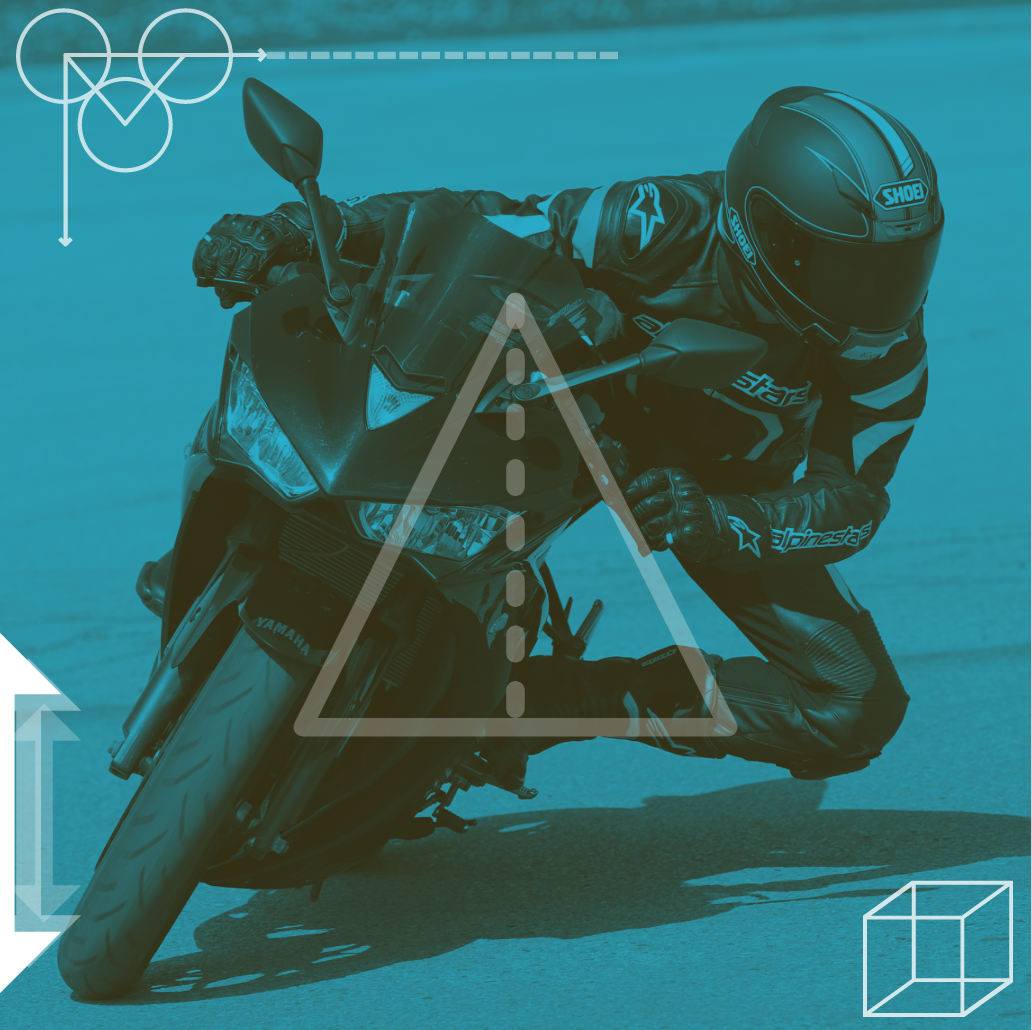 When it comes to improving your bike’s handling characteristics, most folks talk about suspension setup and tires. While both of those have a serious effect on how your bike handles, it’s actually your motorcycle’s chassis geometry that has the most profound effect. Because your idea of the ideal handling characteristics for your bike may be different from the ideas of the engineers who designed it, tailoring these specifications can make a dramatic improvement in how your bike handles.
When it comes to improving your bike’s handling characteristics, most folks talk about suspension setup and tires. While both of those have a serious effect on how your bike handles, it’s actually your motorcycle’s chassis geometry that has the most profound effect. Because your idea of the ideal handling characteristics for your bike may be different from the ideas of the engineers who designed it, tailoring these specifications can make a dramatic improvement in how your bike handles.
Generally speaking, when the front end of a motorcycle is lowered or its rear is raised, the bike will steer quicker, and less effort will be required on the bars...
Improving Your Riding Skills Starts Between the Ears
Written by Lee Parks
With all the efforts we spend making our bikes look cool and perform better, a critical part of the riding puzzle gets ignored: what my friend the engineer likes to call the seat/handlebar interface. While few would argue the safety benefits of improved riding skills, it’s perhaps even more important to have a good handle on what motivates us to do what we do on a bike. In other words, to understand the psychology of riding is one of the best things we can do to improve our odds of arriving in one piece at our favorite destinations. The three key areas of a rider’s mental state that I’d like to talk about are fear, concentration and right attitude...

